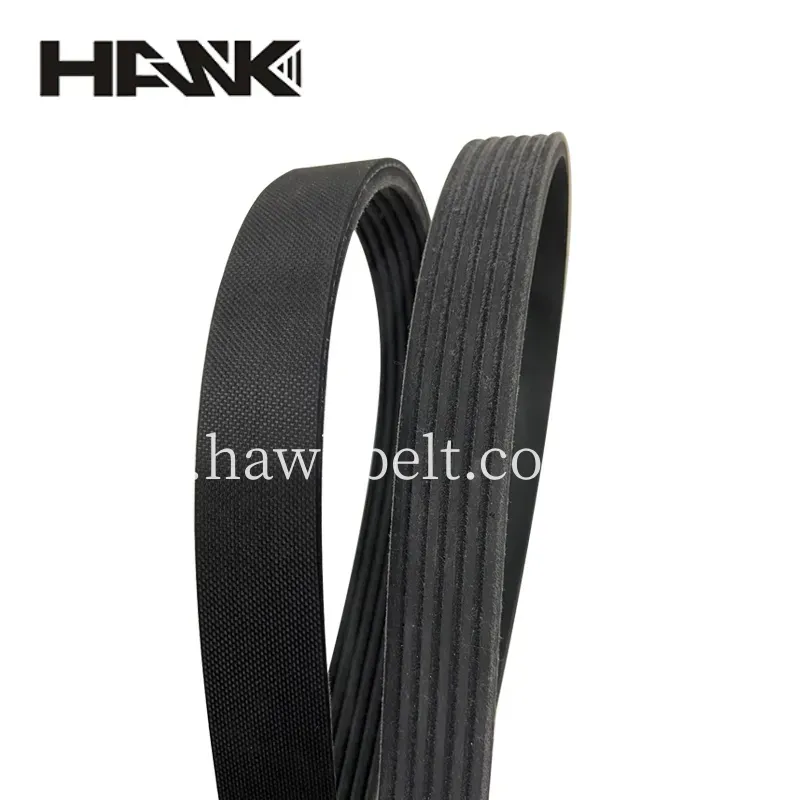- Arabic
- French
- Russian
- Spanish
- Portuguese
- Turkish
- Armenian
- English
- Albanian
- Amharic
- Azerbaijani
- Basque
- Belarusian
- Bengali
- Bosnian
- Bulgarian
- Catalan
- Cebuano
- Corsican
- Croatian
- Czech
- Danish
- Dutch
- Afrikaans
- Esperanto
- Estonian
- Finnish
- Frisian
- Galician
- Georgian
- German
- Greek
- Gujarati
- Haitian Creole
- hausa
- hawaiian
- Hebrew
- Hindi
- Miao
- Hungarian
- Icelandic
- igbo
- Indonesian
- irish
- Italian
- Japanese
- Javanese
- Kannada
- kazakh
- Khmer
- Rwandese
- Korean
- Kurdish
- Kyrgyz
- Lao
- Latin
- Latvian
- Lithuanian
- Luxembourgish
- Macedonian
- Malgashi
- Malay
- Malayalam
- Maltese
- Maori
- Marathi
- Mongolian
- Myanmar
- Nepali
- Norwegian
- Norwegian
- Occitan
- Pashto
- Persian
- Polish
- Punjabi
- Romanian
- Samoan
- Scottish Gaelic
- Serbian
- Sesotho
- Shona
- Sindhi
- Sinhala
- Slovak
- Slovenian
- Somali
- Sundanese
- Swahili
- Swedish
- Tagalog
- Tajik
- Tamil
- Tatar
- Telugu
- Thai
- Turkmen
- Ukrainian
- Urdu
- Uighur
- Uzbek
- Vietnamese
- Welsh
- Bantu
- Yiddish
- Yoruba
- Zulu
11월 . 09, 2024 19:11 Back to list
High-Performance EPDM Multi-Rib and Double V Belts for Enhanced Durability and Efficiency
Understanding EPDM Multi-Rib Belt and Double V Belt A Comprehensive Guide
In the realm of automotive and industrial machinery, the choice of belts is crucial for performance and durability. Among the various types available, EPDM multi-rib belts and double V belts have garnered significant attention due to their unique properties and applications. This article delves into the characteristics, advantages, and differences between these two types of belts, providing valuable insights for mechanics, engineers, and DIY enthusiasts.
What is an EPDM Multi-Rib Belt?
EPDM, short for Ethylene Propylene Diene Monomer, is a type of synthetic rubber that excels in automotive applications. Multi-rib belts, also known as serpentine belts, are characterized by their multiple ribs on the underside, which allow them to engage with various pulleys simultaneously. This design provides a consistent and reliable power transmission system for the engine's accessories, such as the alternator, power steering pump, and air conditioning compressor.
One of the primary advantages of EPDM multi-rib belts is their superior resistance to environmental factors such as heat, ozone, and weathering. Unlike traditional rubber belts, EPDM belts can withstand extreme temperatures, making them suitable for high-performance engines and heavy-duty applications. Their flexibility and durability also contribute to reduced noise levels during operation, enhancing the overall user experience.
Double V Belt Explained
The double V belt, commonly referred to as a V-belt, features a V-shaped cross-section that allows it to fit snugly into the grooves of the pulleys. This design not only enhances grip and reduces slippage but also enables the belt to run smoothly in both directions, making it suitable for reversing applications. Double V belts can be made from various materials, including rubber and synthetic compounds, but their performance can vary based on their construction.
Double V belts are particularly popular in industrial settings, where they are used in machinery such as conveyors, fans, and pumps. Their design allows for efficient power transmission between shafts, making them essential components in various mechanical systems. Furthermore, they are known for their high tensile strength, which translates to greater load-bearing capacity and less frequent replacements.
Key Comparisons
epdm multi rib belt\/double v belt

While both EPDM multi-rib belts and double V belts serve the purpose of transferring power from one component to another, several key differences set them apart.
1. Design and Structure The most apparent difference lies in their design. Multi-rib belts have multiple ribs and provide a broader contact surface with the pulley system, while double V belts have a classic 'V' shape that fits a single groove. This affects the number of pulleys each type can engage with at once.
2. Applications EPDM multi-rib belts are predominantly found in automotive applications, particularly in modern vehicles where multiple accessories need to be powered efficiently. In contrast, double V belts are more versatile in industrial machinery, serving various applications across different sectors.
3. Material Properties EPDM belts are renowned for their resistance to heat and ozone, making them less prone to wear and tear in high-stress environments. Although double V belts can also be constructed from durable materials, they may not always match the longevity and performance of high-quality EPDM belts in extreme conditions.
4. Maintenance and Replacement Multi-rib belts tend to have longer lifespans, meaning less frequent replacements. However, both types of belts require regular inspection for wear, especially in high-use applications. Signs of wear can include cracking, fraying, or gliding, which can lead to failure if not addressed promptly.
Conclusion
Choosing between an EPDM multi-rib belt and a double V belt ultimately depends on the specific requirements of the application at hand. For automotive enthusiasts looking for reliability and performance, EPDM multi-rib belts are often the superior choice. Conversely, those working in industrial environments may find double V belts more suitable due to their versatility and mechanical advantages.
In summary, understanding the key features and benefits of these two belt types can significantly impact the overall efficiency and durability of machines and vehicles. Whether you're maintaining a personal vehicle or managing industrial equipment, selecting the right belt is a critical decision that can lead to enhanced performance and cost savings in the long run.
-
Korean Auto Parts Timing Belt 24312-37500 For Hyundai/Kia
NewsMar.07,2025
-
7PK2300 90916-T2024 RIBBED BELT POLY V BELT PK BELT
NewsMar.07,2025
-
Chinese Auto Belt Factory 310-2M-22 For BMW/Mercedes-Benz
NewsMar.07,2025
-
Chinese Auto Belt Factory 310-2M-22 For BMW/Mercedes-Benz
NewsMar.07,2025
-
90916-02660 PK Belt 6PK1680 For Toyota
NewsMar.07,2025
-
drive belt serpentine belt
NewsMar.07,2025

